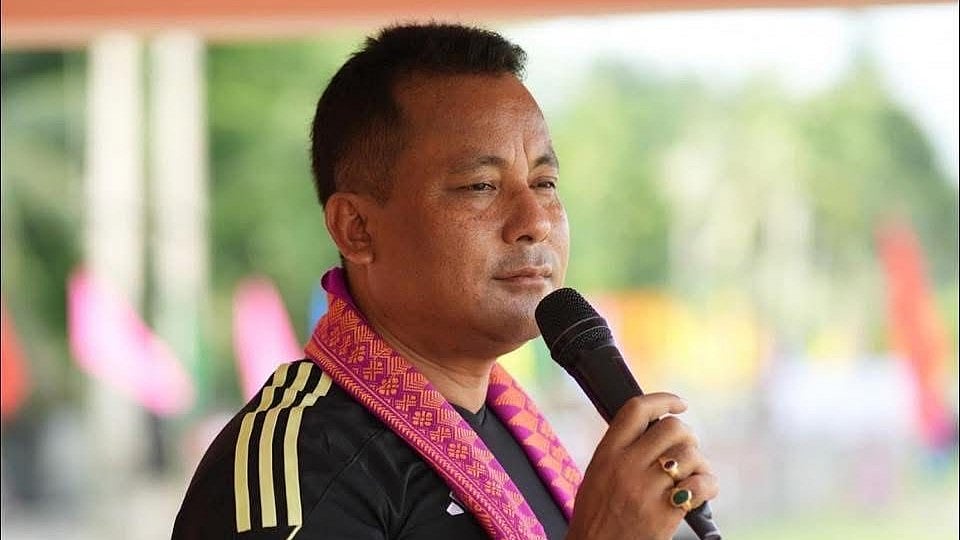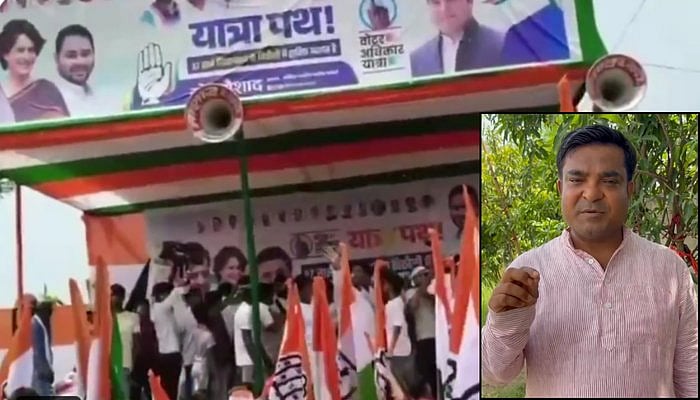The author gives a fascinating account of how the Gujaratis have made their presence felt in social and cultural activities, educational and religious affairs in the United Kingdom.
Gujaratis have distinguished themselves in several fields of human endeavour both in India and abroad. Thus we find that Gujaratis have captured peaks of excellence in Humanities ( Gandhiji),Law (Justice P.N.Bhagwati),Literature ( K.M.Munshi), Business ( Dhirubhai Ambani), Science (Vikram Sarabhai), Politics ( Narendra Modi), the Arts and Films( Mahesh Bhatt), Cricket (Farrokh Engineer).
The book under review deals with the achievements of Gujaratis in Britain. The pinnacle of their achievement is the appointment of Dr.I.G.Patel as the one and only Asian Director of the prestigious London School of Economics ( LSE) for the period 1984 to 1990.
India has, according to Government sources, the second largest diaspora in the world after overseas Chinese. The overseas Indian community estimated at over 25 million is spread across every major region of the World. Gujaratis comprise about 23 per cent of the Indian diaspora worldwide and are to be found in 129 countries. In the United Kingdom Gujaratis form the largest non-white ethnic minority community, Fifty per cent of them are born in U.K. there are roughly two million Patels. A majority of Gujaratis are Hindus. Gujarati is the fourth most commonly spoken language in London.
Records indicate that early European travellers like Ludovico di Varthema ( 15th century) has travelled to Gujarat and written about the people of Gujarat. His description of Gujaratis is apt even today—“…a certain race which eats nothing that has blood, never kills any living beings…these people would all be saved by the virtues of their works.”
The first Indian to set his foot in Britain was an unnamed worker from Surat, who was brought in a vessel and christened as “Peter” by King James I. The first Asian in the British Parliament was Dad
a bhai Naoroji, who also brought the first Indian business to U.K. Naoroji had close links with Gujarat.
Later on apart from India there was a wave of migrants to Britain from South Africa, Kenya, Uganda, Gujaratis in Britain achieved success in a variety of fields—professions, retail business, export and import, manufacturing, financial services including banking and insurance. We have Gujarati doctors, accountants, solicitors, pharmacists, engineers, etc. In prominent educational institutions like Oxford, Cambridge, LSE, there is a strong Gujarati presence.
Places have become associated with Gujaratis—such as “Wembley” known as the Capital of the Gujaratis. Leicester is another important place noted for celebration of Navartri. Sawhney has an interesting chapter on surnames. There are about two lakh Patels in the UK. Patels are the 20th among top 500 British surnames. Patels have made a big name as entrepreneurs and have done very well in the Hospitality business as also Health sector. The phrase “Keeping up with the Jones” has yielded place to “Keeping up with the Patels”. They have splurged millions of pounds each year on home entertainment systems, computers, phones, cameras, etc — more than the Jones and Browns. The fastest growing London based pharmaceutical business is founded by Amit Patel and Meeta Patel.
The author has fascinating vignettes of Sardar Patel and Mahatma Gandhi. A nine-foot high bronze statue of Mahatma Gandhi was unveiled by Arun Jaitley in Parliament Square. The statue is located very near the statue of his arch enemy Winston Churchill. Places of worship are nicely covered. There is the huge and impressive Swaminarayan Temple at Neasden and the one at Wembley; the Wembley Central Mosque, large Golden Dome, etc.
The Gujarat Literary Academy promotes the study, use and enjoyment of Gujarati literature. A high watermark of achievement is in the Hospitality sector. There are over 1000 hotels owned by Gujaratis with an estimated investment of over 2500 million pounds. Sawhney provides pen portraits of Gujaratis who have made a name and these include many Lords—Lord Bhiku Parekh, Lord Meghnad Desai, Lord Billimoria, Baron Dholakia,
Baron Popat, Navin Shah, Sailesh Vora, Uday Dholakia and Kanti Nagda.
To sum up, Gujaratis have proved that they have business acuity in their DNA. They have proved their competence in private business and in multi-national corporations and financial institutions, gaining recognition as leaders in their chosen fields in the UK. Gujaratis have made their presence felt in social and cultural activities and educational and religious affairs. The community has sent 8 members to British Parliament and 23 peers in the country of its adoption.
The book is a useful introduction to the subject. Inder Sawhney who is a journalist from the Times of India family has done good work, worthy of high appreciation.










